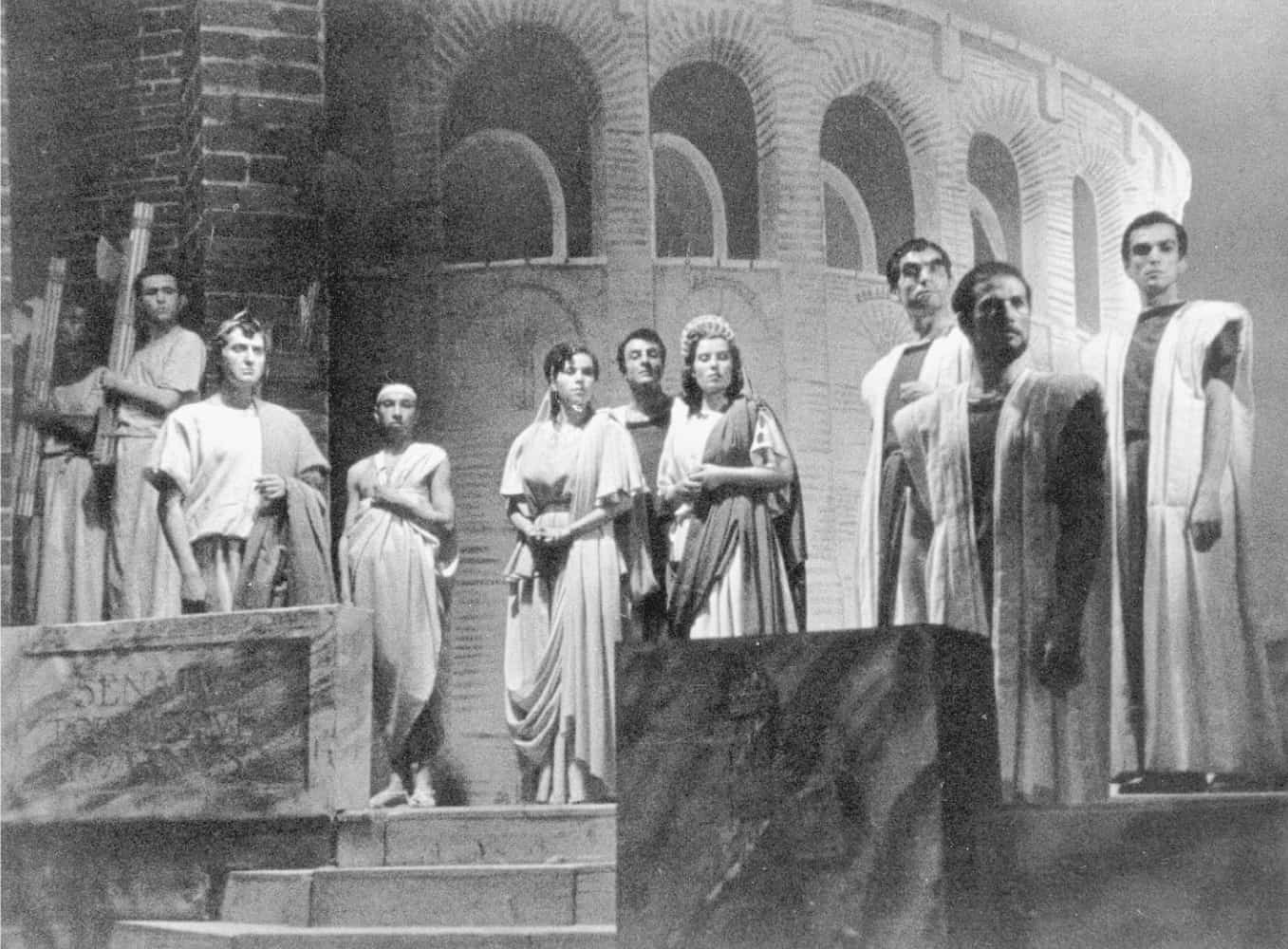Ayça Sancar
The stage of the state:
Opera architecture and cultural policy in Turkey1928-1969
For the founder of the republic Mustafa Kemal Atatürk and the political elite of the early Turkish republic, the promotion of the fine arts was considered a necessity for the modernisation of society. The reformation of music was seen as the most important step in this promotion, which was to enable integration into the Western world. Within this reform process, the establishment of opera and the planning of opera houses were of particular importance. Opera buildings should not only fulfil spatial needs, but also correspond to the reformist ambitions of the state with their architectural language. Moreover, they were introduced by the secular state as new building typologies to create profane places of assembly for the people.
Based on the background described above, the dissertation deals with the interplay of cultural policy, opera and architecture in Turkey in the period from 1928 to 1969. Among others, opera designs by Hans Poelzig, Auguste Perret, Clemens Holzmeister and Paul Bonatz as well as urban planning approaches by Hermann Jansen and Henri Prost will be examined. The history of the development of these drafts is used to discuss the role assigned to opera in Turkish cultural reform. Here, architectural approaches can be described that are relevant to the post-war idea of modernity. The continuation of these elaborated approaches in the home countries of the architects mentioned forms another part of the research.
The Stage of the State:
Opera Architecture and Cultural Politics in Turkey 1928-1969
Atatürk, the founder of the Turkish Republic, and the political elite of Early Republican Turkey considered the promotion of the fine arts as a necessity for social modernization. The reformation of the national music culture was seen as the most important step of this progression, which should enable the integration into the western world. Within this reformation process, the establishment of a national opera and the design of opera houses had high priority. Opera buildings were not only expected to fulfil spatial requirements, but were also considered as symbolic objects to represent the ideals and aspirations of the state through their architecture. Moreover, they were introduced by the secular state as alternatives to religious places of public gathering.
Departing from the described background, the dissertation deals with the interaction between cultural politics, opera and architecture in Turkey between 1928 and 1969. In this context, the research covers opera designs developed by, among others, the architects Hans Poelzig, Auguste Perret, Clemens Holzmeister and Paul Bonatz, as well as urban planning approaches of Hermann Jansen and Henri Prost. On the basis of the development processes of these designs, the research discusses the role which was attributed to the opera in the cultural reform of the young state. The architectural approaches developed in Turkey by the mentioned architects reveal a certain relevance to the new understanding of modernism in the post-World War II era in Europe. The continuation of these approaches by the architects in their home countries constitutes a further part of the research.

